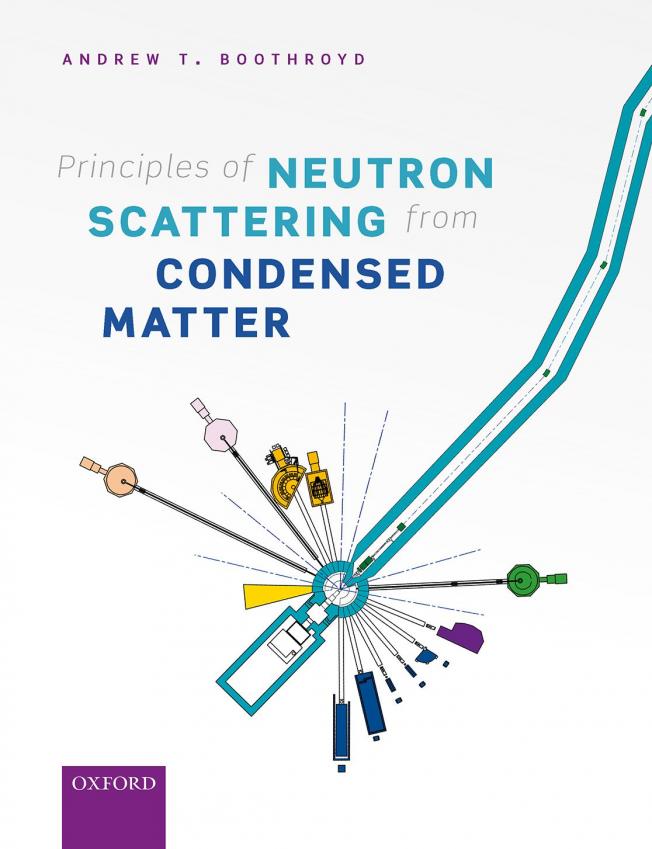Strongly momentum-dependent screening dynamics in La$_{0.5}$Sr$_{1.5}$MnO$_4$ observed with resonant inelastic x-ray scattering
(2012)
Strongly momentum-dependent screening dynamics in La$_{0.5}$Sr$_{1.5}$MnO$_4$ observed with resonant inelastic x-ray scattering
ArXiv 1210.6634 (2012)
Abstract:
We report strongly momentum-dependent local charge screening dynamics in CE-type charge, orbital, and spin ordered La$_{0.5}$Sr$_{1.5}$MnO$_4$, based on Mn K-edge resonant inelastic x-ray scattering data. Through a comparison with theoretical calculations, we show that the observed momentum dependence reflects highly localized, nearest neighbor screening of the transient local charge perturbation in this compound with an exciton-like screening cloud, rather than delocalized screening. The size of the screening cloud is estmated to be about 0.4-0.5 interatomic distances.The J eff =1/2 insulator Sr 3 Ir 2 O 7 studied by means of angle-resolved photoemission spectroscopy
Journal of Physics Condensed Matter 24:41 (2012)
Abstract:
The low-energy electronic structure of the J eff=1/2 spinorbit insulator Sr 3Ir 2O 7 has been studied by means of angle-resolved photoemission spectroscopy. A comparison of the results for bilayer Sr 3Ir 2O 7 with available literature data for the related single-layer compound Sr2IrO4 reveals qualitative similarities and similar J eff=1/2 bandwidths for the two materials, but also pronounced differences in the distribution of the spectral weight. In particular, photoemission from the J eff=1/2 states appears to be suppressed. Yet, it is found that the Sr 3Ir 2O 7 data are in overall better agreement with band-structure calculations than the data for Sr 2IrO 4. © 2012 IOP Publishing Ltd.The Jeff = 1/2 insulator Sr3Ir2O7 studied by means of angle-resolved photoemission spectroscopy.
J Phys Condens Matter 24:41 (2012) 415602
Abstract:
The low-energy electronic structure of the J(eff) = 1/2 spin-orbit insulator Sr3Ir2O7 has been studied by means of angle-resolved photoemission spectroscopy. A comparison of the results for bilayer Sr3Ir2O7 with available literature data for the related single-layer compound Sr2IrO4 reveals qualitative similarities and similar J(eff) = 1/2 bandwidths for the two materials, but also pronounced differences in the distribution of the spectral weight. In particular, photoemission from J(eff) = 1/2 the states appears to be suppressed. Yet, it is found that the Sr3Ir2O7 data are in overall better agreement with band-structure calculations than the data for Sr2IrO4.Spin-wave excitations and superconducting resonant mode in Cs x Fe 2-y Se 2
Physical Review B - Condensed Matter and Materials Physics 86:9 (2012)


